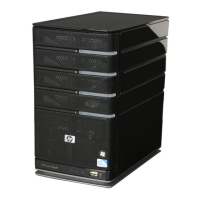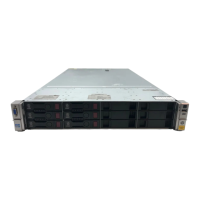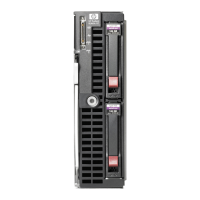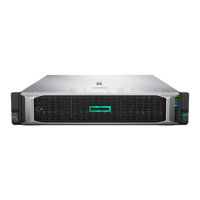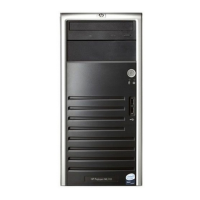UNIX File System Management
106 NAS 1000s Administration Guide
■ NFS File Sharing Tests
■ Terminal Services, Telnet Service, and Remote Shell Service
— Using Terminal Services
— Using Telnet Service
— Using Remote Shell Service
■ Password Synchronization
Network File System
Network File System (NFS) is a networking protocol for exporting UNIX file systems across a
network.
There are two versions of NFS, Version 2 and Version 3. Version 3 supports additional file
operations that Version 2 did not have.
In addition, NFS has the capacity to operate with two different network protocols, Transport
Control Protocol (TCP) and User Datagram Protocol (UDP).
Traditionally, NFS operates with UDP for performance purposes, but it can also operate with
TCP.
There are three key design goals of NFS:
■ Allow different UNIX machines to transparently export files across a network.
This feature works across different versions of UNIX and across different platforms. For
example, a Linux machine can access files on a Tru64™ UNIX machine. Accessing these
files is transparent to both the administrator and the users. The administrator and user do
not notice any difference between accessing local files or files on the remote machine.
■ Make the administration as easy as possible.
The remote file system connects to the local machine in the same manner that a local file
system does. The administrator is able to add a remote file system in the same manner as
adding another hard drive or external storage.
■ Focus exclusively on file system operations.
The file system is used only for exporting file systems to remote machines. NFS supports
only operations such as read, write, create, delete, and copy.
Server for NFS
Until recently, UNIX used only NFS to export files. UNIX based platforms and Windows
based platforms were not able to share files. This restriction caused UNIX clients to require
UNIX file servers and Windows clients to require Windows file servers. Windows and UNIX
were separate environments, including the duplication of hardware, overhead, and effort.
UNIX clients can now use Windows based machines as file servers using Microsoft Services
for UNIX (SFU).
SFU enables UNIX clients to use Windows based machines as file servers. The SFU NFS
server supports NFS Version 2 and Version 3, and supports them both on the TCP and UDP
network protocols.
SFU is more fully integrated into the operating system than other third party NFS server
packages. The administrative interface for NFS exports is similar to the Common Internet File
System (CIFS) sharing interface used by Windows platforms.
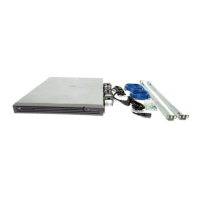
